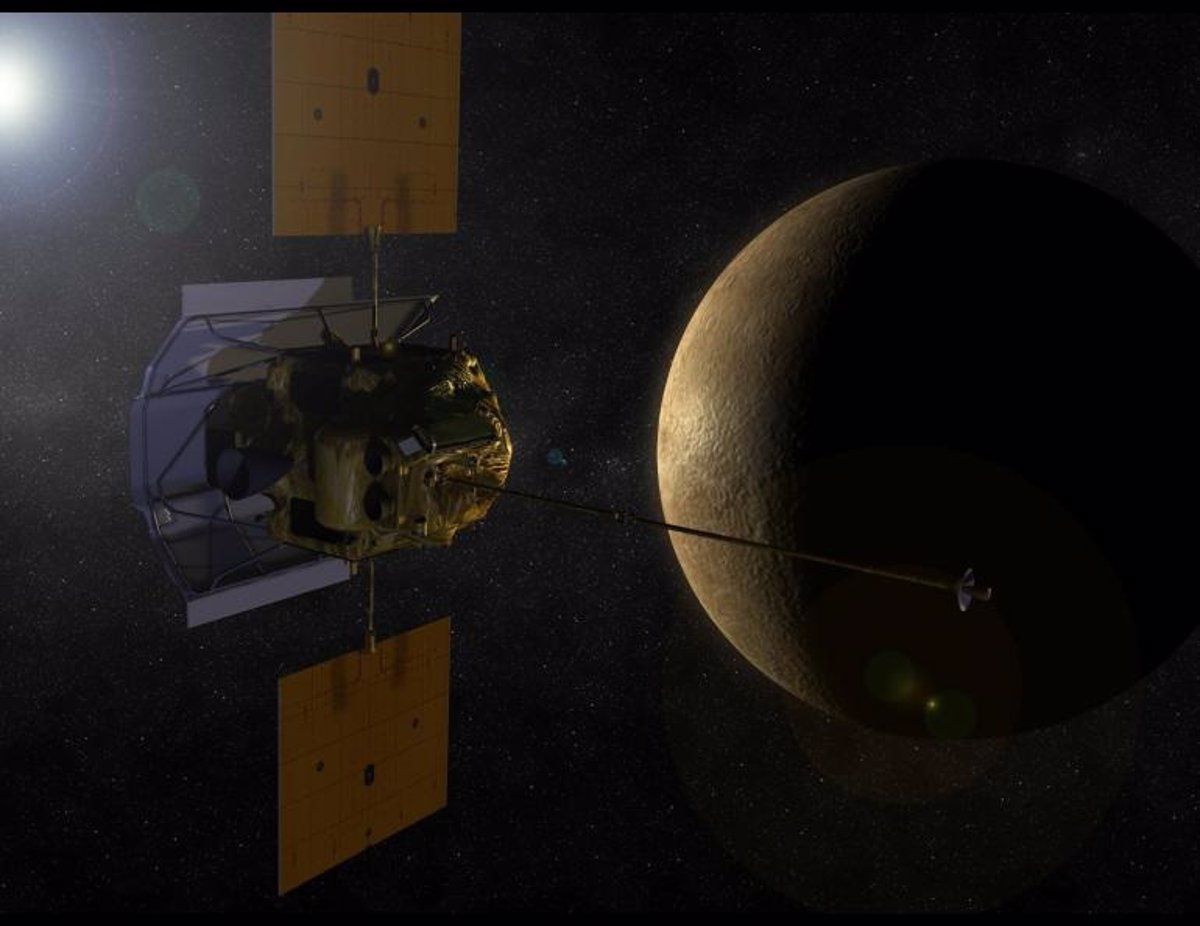MADRID, 31 Mar. (EUROPA PRESS) –
An international team of scientists has shown that Mercury, the smallest planet in our solar system, records magnetic storms similar to those on Earth.
Their finding, for the first time, answers the question of whether other planets, including those outside our solar system, can have magnetic storms. regardless of the size of their magnetosphere or whether they have an ionosphere similar to Earth’s.
The research was published in two articles published in Science China Technological Sciences.
The first proves that the planet has an annular current, a donut-shaped field of charged particles that flow laterally around the planet and exclude the poles. The second proves the existence of geomagnetic storms caused by the ring current.
A geomagnetic storm is a large disturbance in a planet’s magnetosphere caused by the transfer of energy from the solar wind.. Such storms in the Earth’s magnetosphere produce the aurora and can disrupt radio communications.
That paper built on a finding published earlier in Nature Communications that verified earlier suggestions that Mercury has a ring current through data observation. Earth also has a ring current.
“The processes are quite similar to here on Earth,” he said. it’s a statement Hui Zhang — study co-author and Physics professor at the University of Alaska Fairbanks — on Mercury’s magnetic storms. “The main differences are the size of the planet and Mercury It has a weak magnetic field and practically no atmosphere.
The confirmation of geomagnetic storms on Mercury is the result of research made possible by a fortuitous coincidence: a series of coronal mass ejections from the sun from April 8 to 18, 2015, and the end of NASA’s Messenger space probe. NASA, which launched in 2004 and crashed into the planet’s surface on April 30, 2015, at the expected end of its mission.
A coronal mass ejection, or CME, is an ejected cloud of solar plasma, a gas made of charged particles. That cloud includes the plasma’s embedded magnetic field.
The coronal mass ejection on April 14 turned out to be the key for scientists. It compressed the current from Mercury’s ring on the side facing the sun and increased the energy of the current.
A new analysis of data from NASA’s Messenger mission, which had come closest to the planet, shows “the presence of an intensification of the ring current that is essential to trigger magnetic storms,” reads the second of the reports. two items.
“The sudden intensification of a ring current causes the main phase of a magnetic storm”, Zhang said.
But this does not mean that Mercury has auroras like those on Earth. On Earth, storms produce auroras when particles in the solar wind interact with particles in the atmosphere. On Mercury, however, solar wind particles do not meet an atmosphere. Instead, they reach the surface unhindered and thus they can only be visible through X-ray and gamma ray examination.
The results of the two papers show that magnetic storms are “potentially a common feature of magnetized planets,” says the second of the papers.
“The results obtained from Messenger provide a more fascinating insight into Mercury’s place in the evolution of the solar system after the discovery of its intrinsic planetary magnetic field,” he concludes.
–


